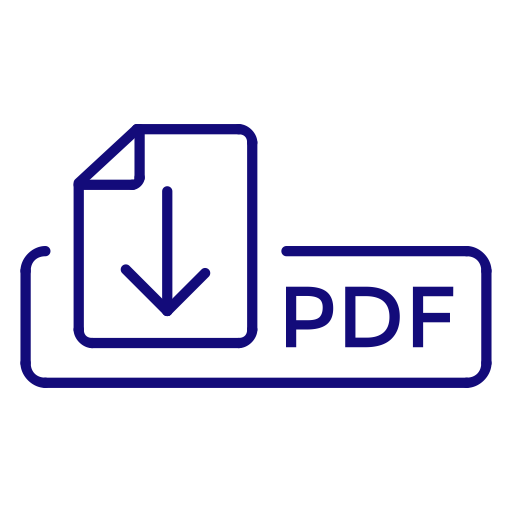
 Atıf İçin Kopyala
Atıf İçin Kopyala
Bayındır E., Sarıyılmaz Ö., Sarıyılmaz E., Yıldırım K., Tokaş M. C.
FDI World Dental Congress 2024 , İstanbul, Türkiye, 12 - 15 Eylül 2024, ss.101-102
-
Yayın Türü:
Bildiri / Özet Bildiri
-
Doi Numarası:
10.1016/j.identj.2024.07.881
-
Basıldığı Şehir:
İstanbul
-
Basıldığı Ülke:
Türkiye
-
Sayfa Sayıları:
ss.101-102
-
Çanakkale Onsekiz Mart Üniversitesi Adresli:
Evet
Özet
AIM or PURPOSE
This study aimed to compare various activation techniques for removing organic tissue from simulated internal resorption cavities, using both intracanal heated and room temperature sodium hypochlorite (NaOCl).
MATERIALS and METHOD
The study protocol was approved by the university's ethical committee board.120 mandibular premolar teeth were horizontally divided into two parts, and internal resorption cavities were created in each part. Bovine muscle tissue samples were inserted into resorption cavities. Roots were reassembled, and teeth were divided into two groups (n=60) by irrigation temperature (room temperature, intracanal heated). Each of the two groups was further divided into 5 subgroups for irrigation activation purposes: Standard needle irrigation(SNI), Endoactivator(EA), EDDY, passive ultrasonic activation(PUA), Xp Endo finisher(XPF). After irrigation protocols organic tissue remnants in resorption cavities were scored. Differences among tissue removal scores were analyzed.
RESULTS
There was a statistically significant difference in organic tissue removal among activation methods in both heat groups (p <.05). XPF demonstrated superior organic tissue removal compared to SNI in both room temperature and intracanal heated NaOCl groups (p <.05). Additionally, in the intracanal heated group, XPF outperformed both SNI and EA p <.05). No significant difference was observed in the efficacy of organic tissue removal between NaOCl at room temperature and intracanal heating within all activation groups (p >.05).
CONCLUSION(S)
The XPF was found to be the most effective method for removing organic tissue from internal resorption cavities. İntracanal heated NaOCl did not have any significant effect on removing organic tissue from internal resorption cavities.